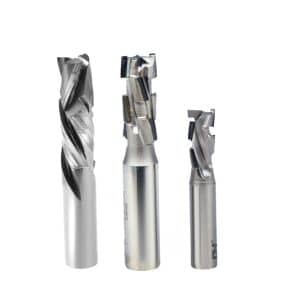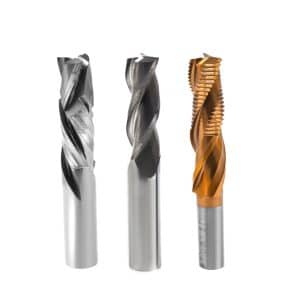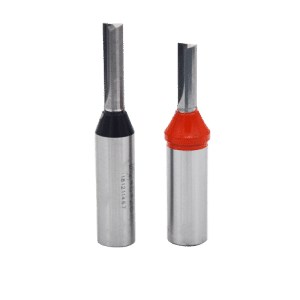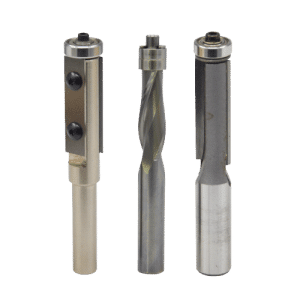CNC machining center is one of the most productive and widely used CNC machine tools in the world. We usually want to use the milling cutter of CNC machine tools to process efficiently in the shortest possible time, and use stable and long-life tools to achieve high-precision cutting work.
For wood sample cutting during processing, feed rate, cutting speed, and cutting depth are the three major factors that affect the service life of cutting mills. These factors also determine processing time and processing quality.
Reasonable cutting conditions are necessary for economical and efficient processing. How to correctly adjust these three elements to improve the service life of the tool is a course that must be mastered in cutting processing.
Cutting speed (Vc)
Reasonably adjusting the cutting speed according to the cutting material has a great impact on improving the service life of the milling cutter.
The cutting speed depends on the spindle revolutions per minute. First, you need to know the value of the cutting linear speed. Avšak, the choice of cutting linear speed also depends on the carbide insert material, workpiece and processing conditions.
Excessive cutting speed will damage the service life of the milling cutter. Typicky, a 20% increase in cutting speed reduces tool durability by half. If the cutting speed is increased by 50%, the tool life will be 20% of the original life.
Navyše, please note that low-speed cutting is prone to vibration, which will also shorten the tool life of carbide milling cutters. Reasonably adjusting the cutting speed is a major task in cutting engineering.
Feed speed(fn)
Feed rate refers to the amount of movement of the tool per revolution of the workpiece.
Feed speed is a key factor in determining the quality of the surface to be processed, and it also affects the life of the milling cutter.
Small feed amount leads to large gap end face wear and reduces tool life. If the feed rate is too large, the cutting temperature will increase, and the wear of the backlash surface will also be greater, but its impact on tool life is less than the impact of cutting speed.
Preto, appropriate feed speed settings are important. During finishing, the surface requirements are high and the feed amount should be small. When rough machining, it should be larger.
Cutting depth(ap)
The depth of cut should be determined based on the machining allowance, workpiece shape, machine tool power, and rigidity of the machine tool and tool.
Pay special attention to the choice of carbide inserts for milling cutter. When roughing, tools with high strength and durability should be selected to meet the requirements of large tools and large feeds. When finishing, only tools with high precision and good durability can meet the requirements of machining accuracy.
When processing hard materials, you can refer to VC=100-150m/min, fn=0.5-1mm/revolution, ap=0.5-1mm. Specific data needs to be adjusted based on your workpiece material, hardness, shape and machine performance.
Okay, that’s it, and I wish you a fruitful experience with these three cutting parameters. The service life of your machining tools will definitely be greatly improved.
In the meantime, if you need to purchase cutting tools for your project, neváhajte nás kontaktovať. We are a direct supplier with 24 years of production and sales experience, high quality, and no intermediate price difference.




